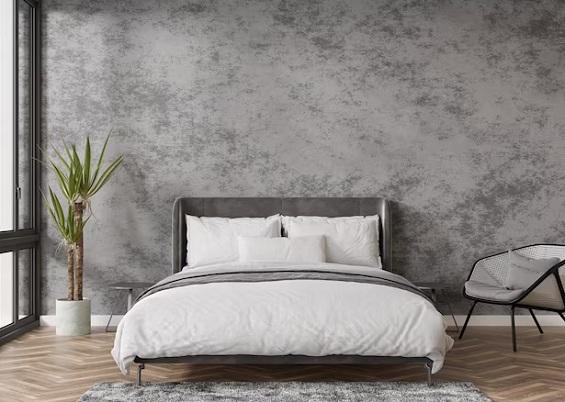Cement walls have gained popularity in both residential and commercial spaces for their unique blend of aesthetics and functionality. With their sleek and contemporary appearance, cement walls can add a touch of modernity and sophistication to any interior or exterior design. From industrial-inspired lofts to minimalist homes, the concept and design of cement walls offer endless possibilities for creating visually striking spaces. Let’s delve into the key aspects of cement walls, from their concept to design considerations.

Conceptualizing Cement Walls
Cement walls are primarily made from a mixture of cement, sand, water, and additives, which is poured into molds or applied as a plaster to create a solid, durable surface. The concept behind cement walls lies in their ability to provide a clean, minimalist backdrop that effortlessly complements various architectural styles and interior designs.
Design Considerations for Cement Walls
Texture and Finish:Cement walls offer versatile options in terms of texture and finish. Smooth, polished surfaces provide a sleek and contemporary look, while exposed aggregate or textured finishes can add visual interest and depth. Consider the overall style of your space and choose a texture that complements the design concept.
Color Palette
Cement walls traditionally have a neutral color palette, ranging from shades of gray to earthy tones. However, advancements in technology now allow for a wider range of colors to be achieved through pigments and stains. Choose a color that harmonizes with the overall design scheme and enhances the desired ambiance of the space.
Pattern and Form
Cement walls can be designed with various patterns and forms to create unique visual effects. Horizontal or vertical lines can elongate or accentuate the height of a room, while geometric patterns can add a contemporary touch. Experiment with different forms, such as curves or angles, to create focal points or highlight architectural features.
Lighting Considerations
Proper lighting is crucial when designing spaces with cement walls. Consider both natural and artificial lighting sources to accentuate the texture and color of the walls. Strategically placed light fixtures, recessed lighting, or wall sconces can create dramatic shadows and highlight the three-dimensional nature of the cement walls.
Integration with Other Materials
Cement walls can be seamlessly integrated with other materials to create a harmonious design. Consider combining them with natural elements like wood or stone for a warm and organic feel, or juxtapose them with metal or glass for a more industrial aesthetic. The choice of complementary materials will depend on the desired style and overall concept of the space.
Acoustic Considerations
Cement walls have inherent acoustic properties due to their density, which can help reduce sound transmission. However, they can also create echoes and reverberations if not properly addressed. Incorporate sound-absorbing materials, such as acoustic panels or textiles, to mitigate any acoustic challenges and create a comfortable environment.
Maintenance and Durability
Cement walls are known for their durability and low maintenance requirements. They are resistant to wear and tear, stains, and moisture. However, it is important to apply proper sealants and finishes to protect the walls from potential damage and ensure longevity. Regular cleaning with non-abrasive products will help maintain their appearance over time.
Cement walls offer a contemporary and versatile design solution for those seeking a modern and minimalist aesthetic. Whether used as a feature wall, an accent element, or as the primary material throughout a space, cement walls bring an understated elegance and durability that can transform any environment. With careful consideration of texture, color, lighting, and integration with other materials, cement walls can become the focal point of a design concept, adding character and sophistication to residential and commercial spaces alike.





